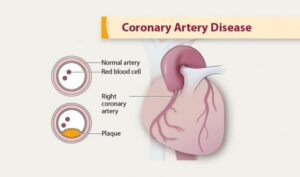
Introduction
Hey there! I’m Dr. Ashish Agrawal, practising as a cardiologist in Mulund West. Today we’re diving into something that might sound a bit daunting but is super important – the management of coronary artery disease.
Now, I know that phrase might make your eyes glaze over, but stick with me. Imagine your heart’s arteries are like busy highways. When they’re clear, traffic (or in this case, blood) flows smoothly. But when they’re clogged, well, that’s when trouble starts. Managing this condition is all about keeping those highways clear and traffic moving.
It’s not just about popping pills or undergoing procedures; it’s about tweaking your lifestyle, too. So, buckle up! We’re about to embark on a journey to keep your heart’s highways clear and your ticker-ticking strong.

Understanding Coronary Artery Disease: Symptoms to Watch For!
When we talk about the management of coronary artery disease, understanding the signs and what’s causing them is crucial. Think of your heart like a garden hose. If it gets kinked or blocked, the flow gets messed up, right? That’s similar to what happens in coronary artery disease.
Symptoms like chest pain, or angina, and breathlessness are your body’s way of saying, “Hey, something’s not right.” These symptoms often stem from narrowed arteries due to plaque buildup, making it tough for your heart to get the oxygen-rich blood it craves. It’s like trying to run a marathon breathing through a straw.
So, keeping an eye on these symptoms and knowing their roots helps big time in managing this condition. It’s all about catching those signals early and acting on them.
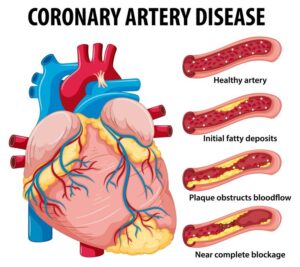
Unveiling the Causes: What’s Behind Coronary Artery Disease?
Diving deeper into the management of coronary artery disease, let’s talk about what’s really going on under the hood. It all boils down to your arteries getting clogged up, kind of like a traffic jam in your heart’s pathways. This jam is often caused by a build-up of plaque – a sticky combo of cholesterol, fatty substances, and other materials.
Imagine spreading too much peanut butter inside a straw; eventually, it’s going to get tough for anything to get through. That’s what happens in your arteries. Factors like a high-fat diet, smoking, and not moving enough contribute to this build-up, making it crucial to tackle these lifestyle habits head-on.
It’s all about clearing the way for your heart to do its thing without any roadblocks.
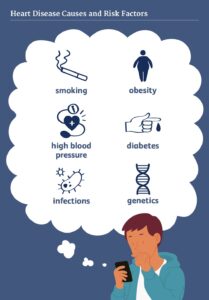
Navigating the Risk Factors: Know What’s at Stake
In managing coronary artery disease, knowing the risk factors is like having a map in unfamiliar territory. Some risks, like your age or family history, are out of your control – it’s like the weather, unpredictable but something you prepare for.
Then there are risks you can tackle head-on, like smoking, high blood pressure, or a couch potato lifestyle. It’s like choosing the right gear for a hike. Other sneaky factors include stress, poor sleep, and even conditions like sleep apnea. Think of these as the hidden potholes on your journey.
Being aware of all these risks helps you navigate better, making smarter choices for your heart’s health. It’s all about steering clear of the avoidable bumps and being prepared for the unavoidable ones.
Other possible risk factors
Now, let’s touch on some other risk factors in the management of coronary artery disease that might not be on everyone’s radar. For instance, if you’re snoring up a storm and stopping breathing at night, that could be obstructive sleep apnea, a sneaky risk. Then there’s this thing called hs-CRP, a marker in your blood that, when high, can signal inflammation in your arteries. And don’t forget about high triglycerides and homocysteine, both of which can up the ante on heart risks.
Ever heard of preeclampsia or autoimmune diseases? They too can throw a curveball into your heart’s health. It’s like uncovering hidden traps on your path to a healthy heart.
Being aware helps you dodge them more effectively.
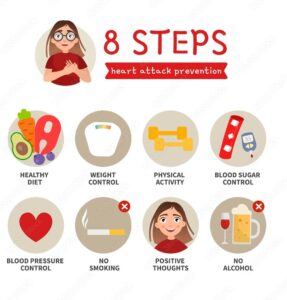
Prevention
When it comes to the management of coronary artery disease, prevention is your superpower. It’s like putting on armour to protect your heart. Eating right, moving more, and ditching cigarettes are big moves. Think of them as your heart’s personal bodyguards.
Keeping an eye on your blood pressure and cholesterol is like doing regular check-ups on your car. And let’s not forget stress – finding ways to chill out is key. It’s like giving your heart a well-deserved vacation. Every healthy choice is a step toward keeping your heart running smoothly, avoiding the roadblocks of coronary artery disease.
It’s all in your hands; you’ve got this!
Tests for Coronary Artery Disease: Diagnosing the Unseen

In managing coronary artery disease, peeking inside to see what’s up is key. That’s where tests come in handy. An Electrocardiogram, or ECG, is like a snapshot of your heart’s electrical activity. It shows us the beat and rhythm.

Then there’s the Echocardiogram, think of it as an ultrasound for your heart, giving us a live show of how it’s pumping.
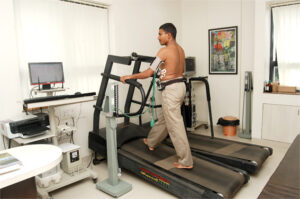
Feeling a bit like an athlete? The Exercise Stress Test as you walk or run, monitoring how your heart handles work.
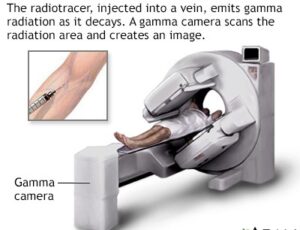
The Nuclear Stress Test takes it up a notch, adding a special dye to show blood flow during exercise.
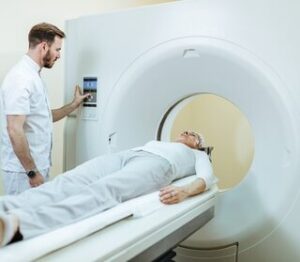
For a closer look, a Heart CT Scan gives us a 3D picture of your heart and arteries.
And if we need to get really up close, Cardiac Catheterization and Angiogram allow us to see inside your arteries, finding any blockages.
Each of these tests gives us clues, helping piece together the puzzle of your heart’s health. It’s all about getting the full picture to keep your heart ticking strong.
Charting the Course of Treatment: Finding the Right Path
When it comes to the management of coronary artery disease, there’s no one-size-fits-all. Treatment is like a tailored suit, customized just for you.
We look at everything – your symptoms, test results, lifestyle, and even your preferences. From there, we map out a plan. It might include medications, lifestyle changes, and maybe even procedures if needed.
The goal? To get you back on track, feeling good, and living your life. Think of it as a collaborative journey, with you at the helm and us navigating together. It’s all about finding the right path for your heart.
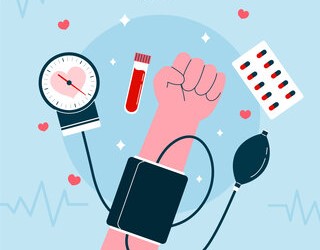
Medications: Your Allies in Heart Health
In the battle against coronary artery disease, medications are like your trusty sidekicks. Cholesterol drugs keep those artery-clogging fats in check, like bouncers keeping trouble out of a club. Aspirin thins your blood, making it less likely to form dangerous clots. It’s like a little bit of oil in water, keeping things flowing smoothly.
Beta blockers slow your heartbeat, giving your heart a more relaxed pace, while Calcium channel blockers do a similar job, but in a different way, easing the pressure on your heart walls. ACE inhibitors and ARBs are like negotiators, they keep your blood vessels relaxed and open, reducing the heart’s workload.
Nitroglycerin comes to the rescue during angina attacks, widening blood vessels for quick relief. And Ranolazine? It’s like the endurance athlete of the group, helping your heart go the distance without as much pain.
Each of these meds plays a unique role, working together to keep your heart health on track. It’s a team effort to keep you moving and grooving.
Exploring Surgical Options: When Medications Aren’t Enough
Sometimes, despite our best efforts with meds, the heart needs a bit more help. That’s where procedures like coronary angioplasty and stent placement come in.
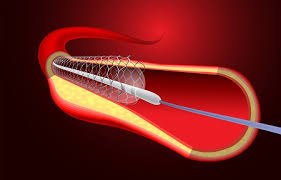
Picture this: a tiny balloon goes into the clogged artery, inflates, and opens up the space, like unblocking a water pipe. Then, a stent, which is like a tiny wire mesh tube, gets placed to keep it open.
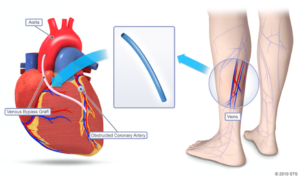
And then there’s CABG, or coronary artery bypass graft surgery. It’s like building a detour around the traffic jam in your arteries. A piece of a healthy blood vessel from another part of your body is used to reroute the blood flow, bypassing the blocked part.
These surgical options aren’t for everyone, but when they’re needed, they can be game-changers, giving your heart the relief and support it needs to keep beating strong.
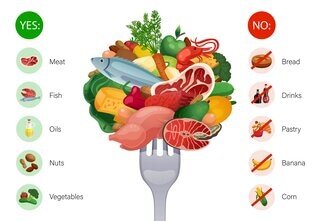
The Power of Lifestyle: Everyday Steps to a Healthier Heart
Beyond meds and procedures, there’s a powerhouse tool in managing coronary artery disease: your lifestyle. Kicking smoking to the curb is like freeing your heart from a constant attacker. Keeping your blood pressure and cholesterol in check is akin to keeping the roads clear for your heart’s journey. Regular blood sugar checks? That’s making sure your heart isn’t running on an unhealthy fuel mix.

Feeding your body heart-healthy foods is like choosing premium fuel. Limiting alcohol and staying active are like regular maintenance checks. And maintaining a healthy weight is like not overloading your car for a smoother ride.
Ever heard of cardiac rehab? It’s a structured program designed just for heart patients, like a personalized workout and education plan for your heart. And managing stress, well, that’s like giving your heart a peaceful sanctuary to rest in. Don’t forget vaccines; they’re like protective gear for your heart.
All these steps, when combined with medical treatment, offer a holistic approach to keeping your heart beating strong. It’s about making choices every day that add up to a big win for your heart health.

Alternative Approaches: Venturing Beyond Traditional Medicine
Exploring beyond the usual, there are alternative paths like fish and fish oil, flax and flaxseed oil, and other oils that hold promise for heart health. Fish oil, rich in omega-3 fatty acids, is like a shield, helping to lower the risk of heart issues. It’s about adding an extra layer of protection.

Flaxseed oil is another ally, packing a punch with its heart-friendly properties. And then there are other oils, each with unique benefits, like olive oil, which is like a soothing balm for your heart.
But remember, these are supplements to the main event, not the headliners. They add value but can’t replace the core treatments and lifestyle changes. Think of them as the supporting cast, enhancing the main performance of traditional medicine and healthy living. It’s all about the balance, finding harmony between the old and the new for your heart’s best health.
Conclusion-
As we wrap up our journey through the management of coronary artery disease, remember, you hold the power. It’s about taking informed, proactive steps towards your heart health. From understanding symptoms and risks to embracing treatments and lifestyle changes, every action counts. And when in doubt, explore supportive alternatives to enhance your heart care regimen.
But most importantly, listen to your heart, both literally and metaphorically.
Stay in tune with your body, and don’t hesitate to seek help when needed. Your heart is the drumbeat to your life’s song – keep it strong, keep it healthy, and keep dancing to its rhythm. Together, let’s take charge of our heart health and live life to its fullest!
